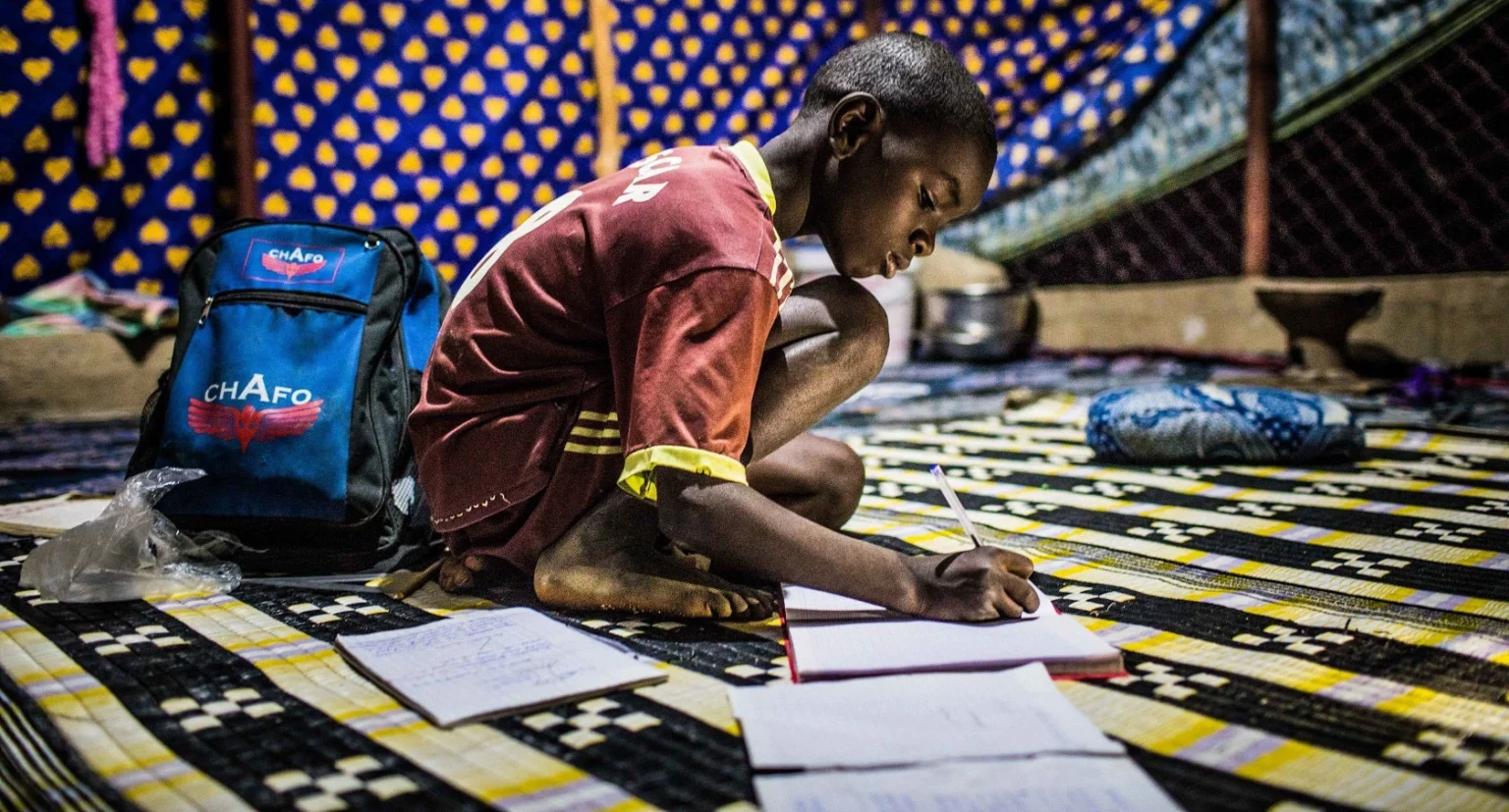- Energy experts warn that the shortages that plague Africa’s electricity access in 2024 will have a significant drain on the continent’s economic growth.
- World Bank will connect 300 million Africans to electricity with a $35 billion plan.
- Africa is poised to adapt to transformative advancements that will reshape the landscape of energy access, storage, and connectivity across the continent.
Africa remains the most energy-deficient continent, with approximately 75 per cent of its population lacking access to electricity. As of 2021, 43 per cent of Africans, roughly 600 million people, were without electricity access, with 590 million in sub-Saharan Africa. Consequently, nearly half of the continent’s population is unable to use basic electrical appliances.
Despite improvements in electricity access in sub-Saharan Africa, where 49.4 per cent of the population had access in 2022, up from 33 per cent in 2010, electricity consumption has not seen a corresponding increase. The persistent lack of energy access continues to hinder economic growth and social development.
As the human population grows over the years, Africa’s energy needs have grown significantly. Yet, most African governments have not considered stepping up energy generation, making the subject matter critical.
Africa’s sprawling cities have erratic electricity supplies, and large swaths of the continent’s rural areas also lack proper access to power. In 2021, 43 per cent of Africans lacked access to electricity, with 590 million in sub‐Saharan Africa, according to the International Energy Agency.
Powering Africa requires significant funding and policy intervention by governments, policymakers, and international investors. However, government budgets remain constrained due to the economic downturn and unsustainable debt levels hindering public investment in many African countries, including investments in electric power supply.
Progress in powering Africa has been steady in the past, but it stalled in 2020 due to the COVID-19 pandemic, with the number of people without access to electricity increasing for the first time since 2013. Energy experts warn that the electricity shortages that plague many of Africa’s 54 countries seriously drain the continent’s economic growth.
Investments in Africa’s electrification project
According to World Bank estimates, nearly $20 billion in investments are required annually to achieve universal electrification across sub-Saharan Africa. Nearly $10 billion is needed annually to connect and maintain power in West and Central Africa.
The World Bank Group plans to connect 300 million Africans to electricity in partnership with the African Development Bank under a project that aims to halve the number of people living without access to power in Africa by 2030.
The Washington-based lender notes that the World Bank will work to connect 250 million people to electricity, while the African Development Bank Group will support an additional 50 million people.
According to Ajay Banga, the president of the World Bank, the plan will cost as much as $35 billion, some of which will come from the International Development Association (IDA), the World Bank’s concessional arm for low-income countries.
According to Banga, many of the commitments to replenish the International Development Association (IDA) this year will go toward powering Africa. He further observes that the private sector must take part in the plan, with the World Bank promises to provide greater guarantees to boost private sector involvement in the plan.
Erratic power supply in Africa
Poor implementation of power policies and projects is a significant factor. This factor has been one of the most profuse challenges contributing to Africa’s inability to improve its power supply. Many laudable policies have been initiated in the past, but they are yet to be implemented satisfactorily.
Lack of regular power equipment maintenance is prevalent in most African countries. Inadequate power supply persists due to low infrastructure maintenance and operational complications from poor system maintenance. For example, the major challenges for power companies in DR Congo are the poor state of power equipment and weak transmission networks.
A considerable amount of electricity bills owed by many households and government facilities have hampered the financial base of African energy companies. People often fail to settle their electric bills, causing the system to garner unimaginable debts. Electric debt also means electricity companies cannot break even, make good profits, and reinvest in the sector for optimal service delivery.
Insufficient funding and investment by government, local, and foreign investors are very salient factors in Africa’s dreadful state of power generation and supply.
Similarly, over-dependence on one energy source exacerbates the electric power supply in African countries. There is a need to utilise the vast energy potentials in solar power, biogas, wind, and ocean currents for adequate electricity supply in commercial quantities to harness electricity generation.
Read Also: European investors looking to pump more resources into Africa’s energy sector
Key trends shaping Africa’s electricity access 2024
In 2024, Africa is poised to adapt to transformative advancements that will reshape the landscape of energy access, storage, and connectivity across the continent.
Battery Energy Storage Systems (BESS) integration is undergoing a significant shift in solar technology, particularly in behind-the-meter projects. Traditionally viewed as backup storage, batteries are now becoming integral to load management. Advanced algorithms predict energy demand patterns, enabling strategic use of battery storage to optimise consumption. This shift enhances solar system efficiency and contributes to grid stability by alleviating strain during peak demand periods. Furthermore, front-of-the-meter storage is set to play a larger role in utility-scale renewable energy projects, addressing electricity challenges in collaboration with both public and private sectors.
A notable shift towards aggregated solutions is expected, where energy providers consolidate diverse technologies and services into comprehensive packages. This approach, driven by convenience and effectiveness, allows for seamless integration of renewable energy into consumers’ daily lives.
For instance, electricity trading in South Africa enables solar energy providers to buy and sell excess wind energy without significant capital investments. The aggregation model facilitates provider collaboration, offering consumers holistic solutions that maximise the benefits of renewable energy across various aspects of their daily routines.
In 2024, the solar industry is anticipated to witness a trend toward consolidation as larger energy companies consider merging or acquiring smaller players. This consolidation aims to achieve economies of scale, increase market share, and foster innovation by pooling resources and expertise.
Beyond manufacturers, consolidation extends to service providers, research and development firms, and energy management companies. By joining forces, these entities can effectively navigate the complexities of the evolving energy landscape, drive down costs, and accelerate the adoption of alternative energies across the continent.
Conclusion
Achieving universal energy access is crucial for meeting the Global Goals for Sustainable Development, yet a significant financial gap presents a formidable challenge for Africa’s energy sector.
Significant investment in infrastructure, especially in the energy sector, is essential to bridge the gap between Africa and other regions. This involves tapping into the vast potential of renewable energy sources such as solar, wind, biomass, and hydropower.
Enhancing the commercial viability of projects is also crucial, which can be done by reducing political, currency, and regulatory risks, and by increasing the number of bankable projects.
Additionally, redirecting government funding from commercially viable sectors to those more suited for public investment, like sanitation and transportation, can prevent the displacement of private-sector funding.
Forging stronger partnerships with national or multilateral financial institutions can provide governments with essential expertise in transaction support, planning, and risk management.
African governments must also tackle energy poverty, which impacts over 600 million Africans, to foster development and progress. This can be accomplished by expanding access to electricity, promoting sustainable agricultural methods, and formulating industrial strategies that serve Africa’s interests rather than those of Western economies.
As the African energy sector matures, 2024 promises accelerated innovation and a collective commitment to opening new avenues and power sources in renewable energy. These trends promise Africa a more resilient, sustainable, and interconnected energy future.




